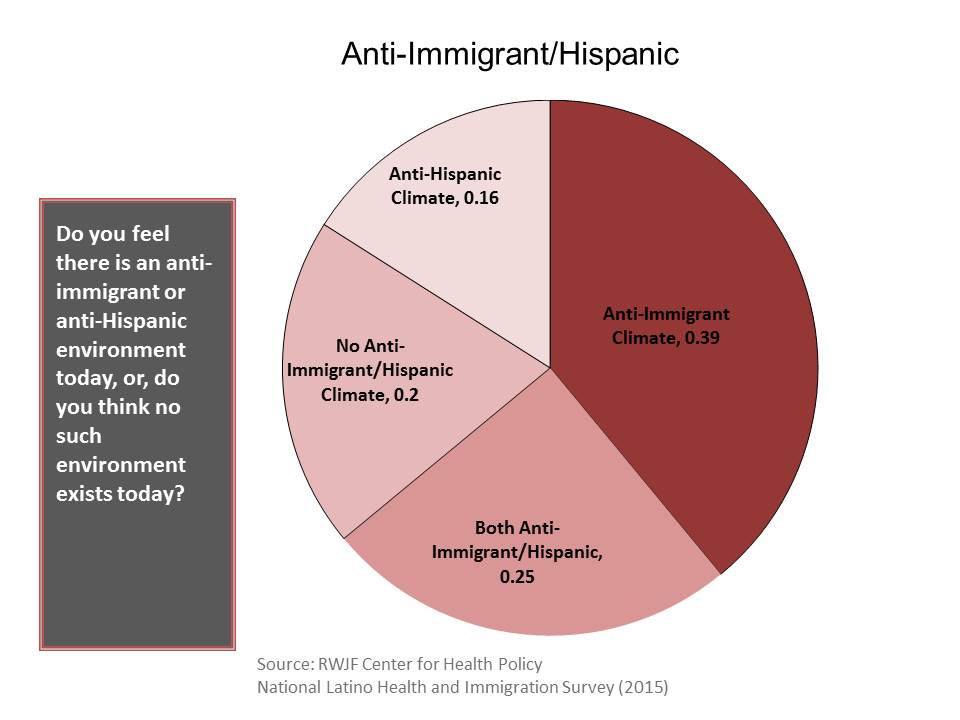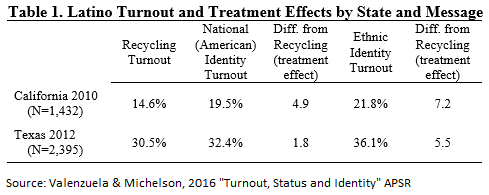As more trends from the recently conducted 2010 Census become available, Latinos are once again the focus of attention. A report from the U.S. Census Bureau indicates that the Hispanic/Latino population increased by 15.2 million over the last decade and accounted for more than half of the total U.S. population growth of 27.3 million. This increase in population represents a growth rate of 43% – significantly greater than the nation’s overall growth rate of 9.7%. The non-Hispanic white population had the slowest rate of growth over the past decade at 6.5%, and was the only group to see a decline in their proportion of the overall population. These trends signal a continued movement toward a non-white majority in the not so distant future. In addition to the overall increase in Latino population, the rise in Latinos who define themselves as white racially has sparked national attention. As reported widely over the weekend, the Latino population is responsible for much (74%) of that 6.5% increase in white population. This poses an interesting dilemma: Latino population growth is driving the national movement toward majority-minority status, but the rise in white identifying Latinos is also responsible for a renewed growth of the U.S. white population.
As many of you are already aware, this contradiction is a result of Hispanic being an ethnic and not a racial category. Consequently, those who identify as Hispanic in the US Census can be of any race, which motivates the use of the term “non-Hispanic white” in data reporting. While this distinction has been federal policy for some time, a shift by the U.S. Census in 2010 to explicitly state that Hispanic is not a racial category and instruct Hispanic identifiers to choose one of the recognized categories is likely responsible for the apparent growth in white identifiers. The rise in Latino-white identifiers has motivated some discussion of what this may mean for the future of Latino group identity. Dr. Roderick Harrison, former chief of racial statistics at the Census Bureau, speculates that growing numbers of well assimilated Hispanics may be losing some of their cultural identity as they become more socially integrated into the U.S. For example, Dr. Harrison was quoted saying “some portion [of Latinos] might indeed become, for most social purposes, white”.
Analysis of Latino racial identification from the 2000 Census appears to support Dr. Harrison’s point. The Pew Hispanic Center, for example, compared Hispanic respondents who identify as “white” (48%) and “some other race” (42%), which were the two largest categories utilized by Hispanics during the past Census. Among other findings, this report found that white identification is higher among second and third generation Latinos, and lower among foreign-born Latinos, particularly those who are non-citizens. Furthermore, white-identifiers have higher incomes and education levels than those who chose the other race category. These trends led the report’s authors to conclude that race may be interpreted to be a sense of belonging for Hispanics, with whiteness being symbolic of inclusion. Scholars of racial and ethnic politics have expanded on this discussion by using surveys that allow for additional factors not available in the Census questionnaire to be included. For example, Golash-Baza and Darity, Jr. find that Latinos who have experienced discrimination and who have darker skin are less likely to identify as white.
Although it is far too early to draw any conclusions from the apparent rise in white identification among Latinos in the most recent Census, this is an issue that will surely generate wider discussion and speculation as it did following the release of the 2000 numbers. For example, some contend that the high numbers of Latinos who identify as white racially makes a majority-minority population in the U.S. a distant reality. Furthermore, some demographers have suggested that the broadened measure of white in the 2010 Census could lead to a major shift in our understanding of race in the United States. While the implications of this measurement change are not yet understood, it is clear that how Latinos think about their identities will influence the way in which the nation defines race and ethnicity in the future.
Gabriel R. Sanchez is an Associate Professor of Political Science at the University of New Mexico and Research Director for Latino Decisions.


